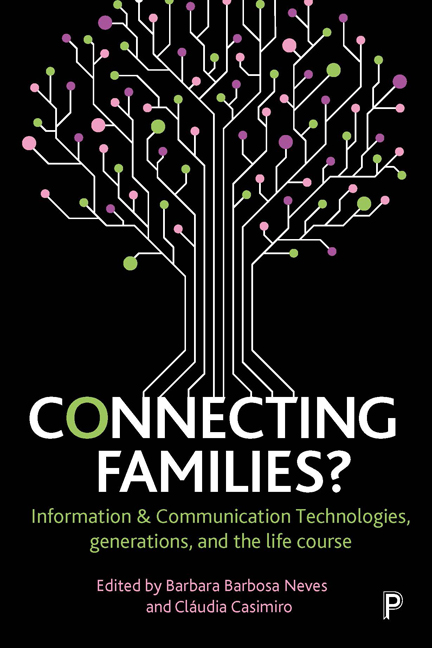Book contents
eleven - Floating narratives: transnational families and digital storytelling
Published online by Cambridge University Press: 22 April 2022
Summary
Introduction
According to the United Nations Population Fund (UNFPA, no date), in 2015 ‘3.3% of the world's population lived outside their country of origin’. This figure points to a large number of families on the move, a flux of volatile interactions, and a network of long-distance communications. Colombians are part of this phenomenon. Colombian migrations coincided with the outbreak of civil war, neoliberal reforms imposed by the government, and the growth of drug trafficking that started in the 1960s and which worsened throughout the 1980s and 1990s. The most recent wave of migration out of Colombia is ongoing and is largely comprised of people with high levels of education, and those from marginalized sectors of Colombian society. According to the Global Knowledge Partnership on Migration and Development more than 2.5 million Colombians (5.19% of the country's total population) lived abroad in 2013 (KNOMAD, 2016).
Several analyses have examined the political, economic, and social impacts of this mobility for Colombia and Colombians (see, for example, Ciurlo, 2012; Cárdenas and Mejía, 2006; Colombia Nos Une, 2004). Others have examined transformations of inner structures, roles, and dynamics of families within the context of Colombian international migration activities (Rivas Rivas and Gonzálvez Torralbo, 2009; Ciurlo, 2012). However, the relationship between information and communication technologies (ICTs) and storytelling as a practice of communication within transnational Colombian families remains relatively unstudied.
The argument advanced in this chapter is rooted in the idea that family is a social system in which individuals redefine their bonds through their own interactions (Turner and West, 2002). It follows, therefore, that through narratives, stories, and the practice of storytelling itself families find ways to account, share, redefine and transform their own experiences. This perspective is anchored in a symbolic interaction approach to understanding family communication, and the notion of social construction, which views families as co-constructing their social realities through interactions and conversations. It also recognizes that families of immigrants experience a diasporic state of mind (Vertovec, 1997) while practising transnational interactions and building transnational social fields (Roudometof, 2005). The definition of transnational families adopted in this chapter draws from Bryceson and Vuorela's (2002, p 3) description of these families as collective entities who, despite living at a distance, remain linked while building some sort of ‘collective welfare and unity’ that helps them navigate between different national borders.
- Type
- Chapter
- Information
- Connecting Families?Information and Communication Technologies, Generations, and the Life Course, pp. 201 - 218Publisher: Bristol University PressPrint publication year: 2018

